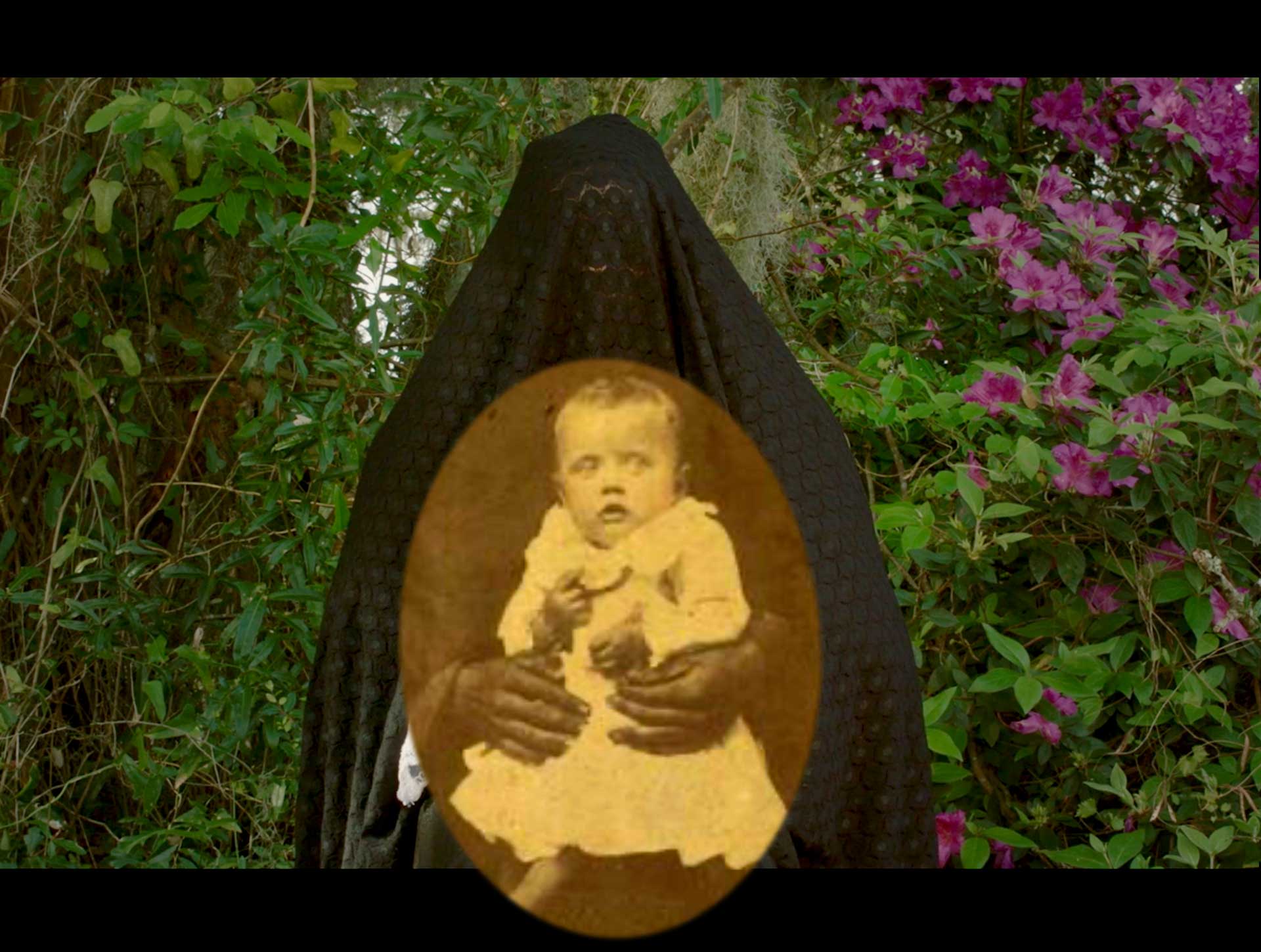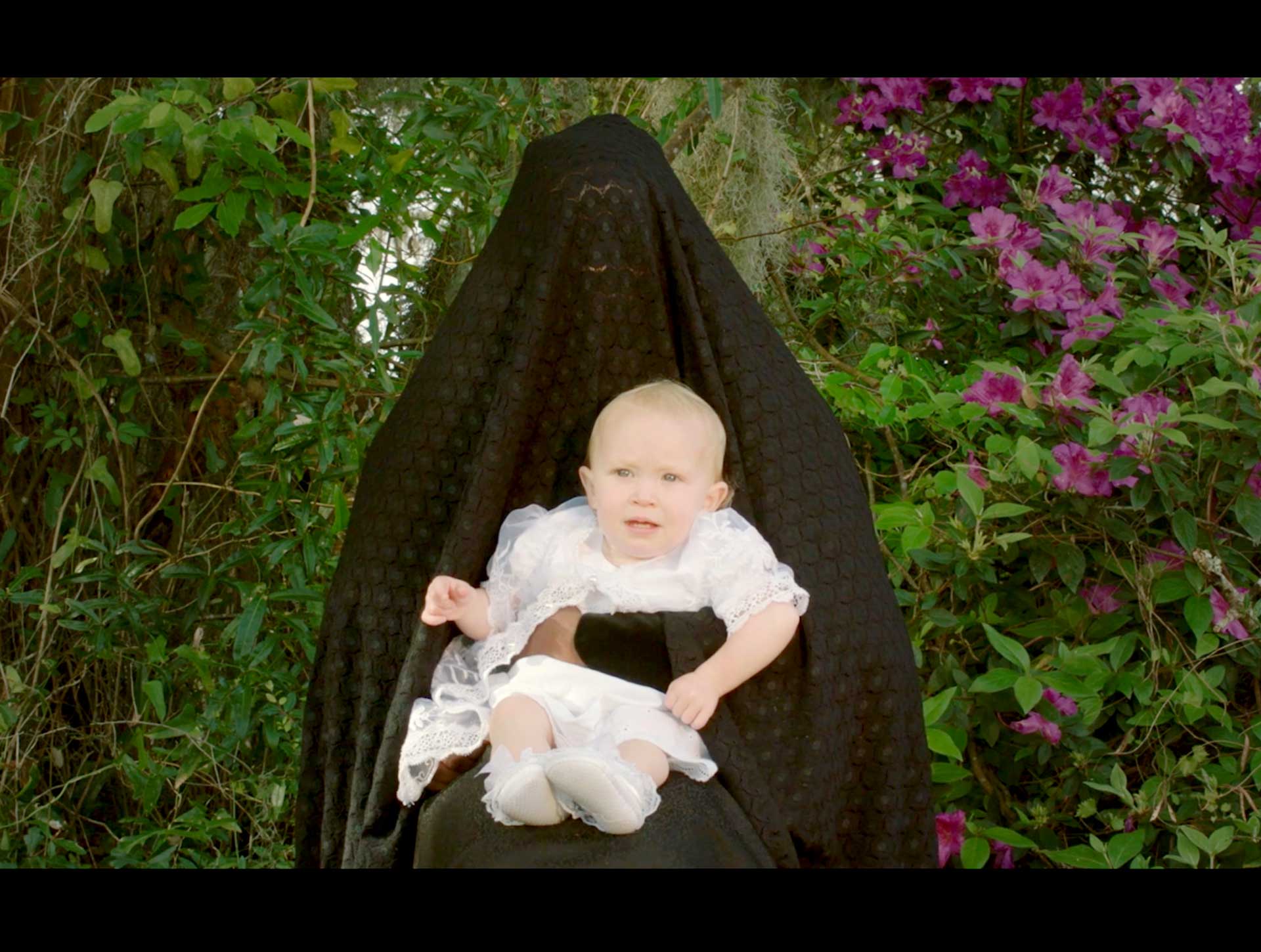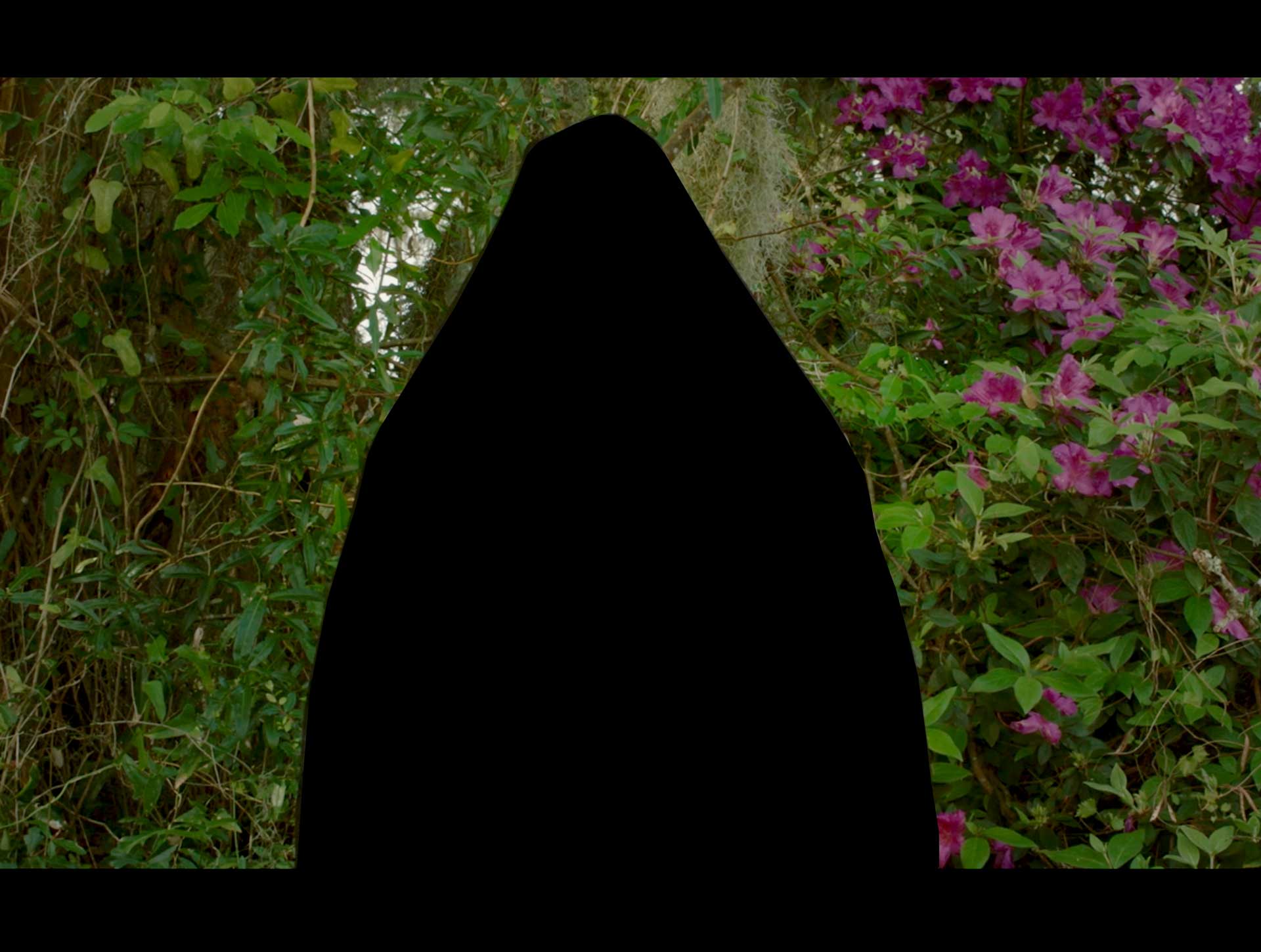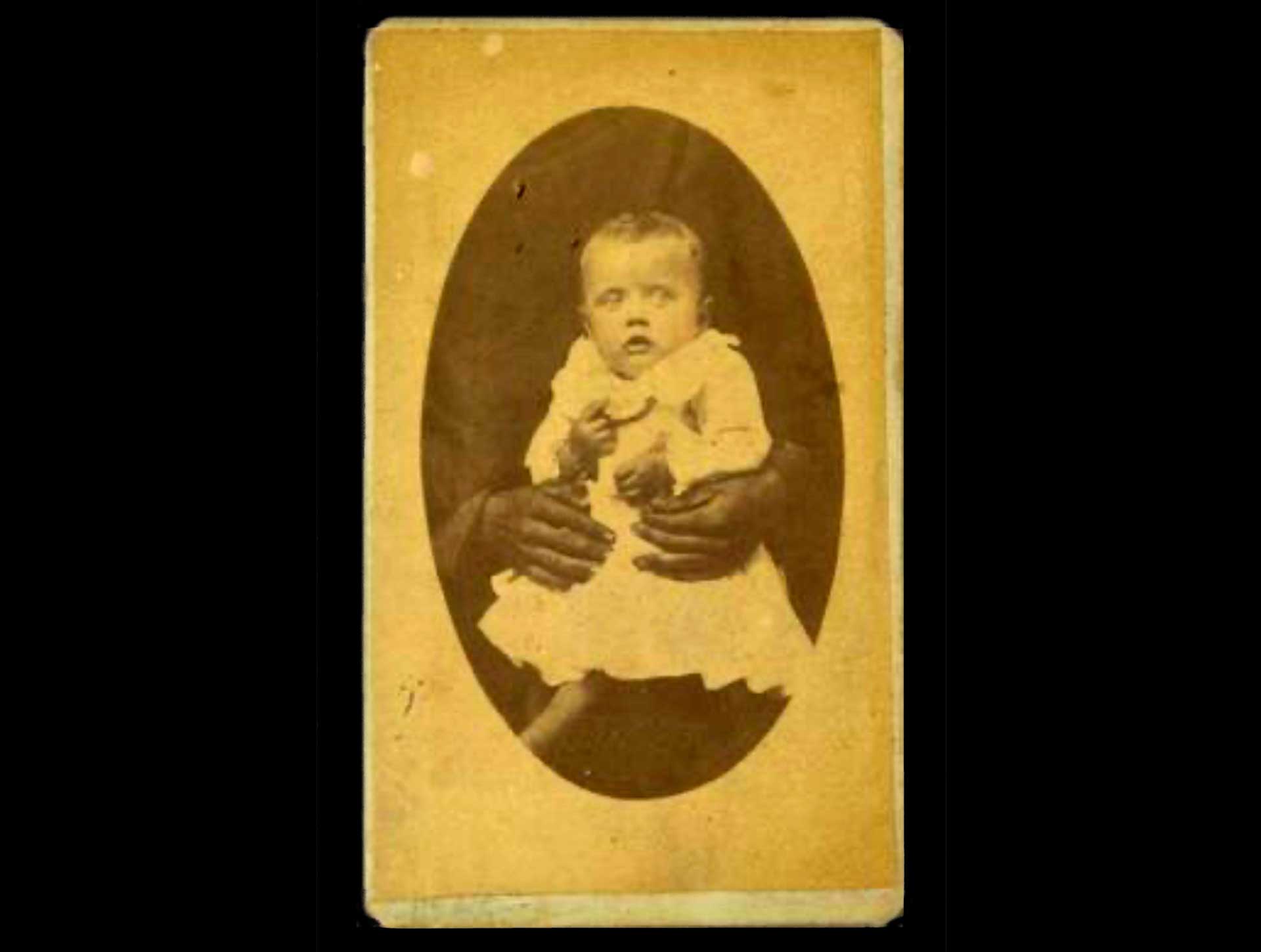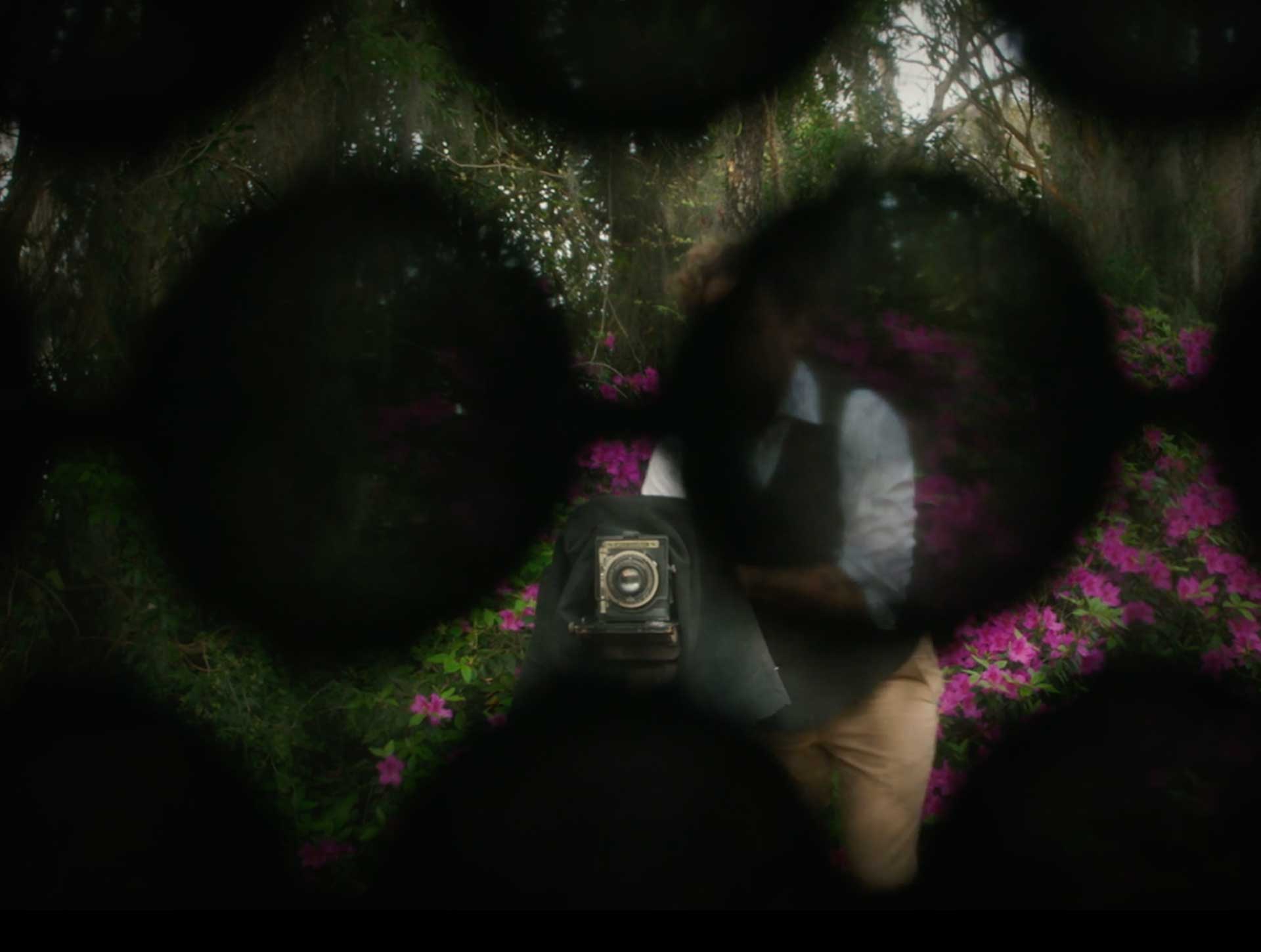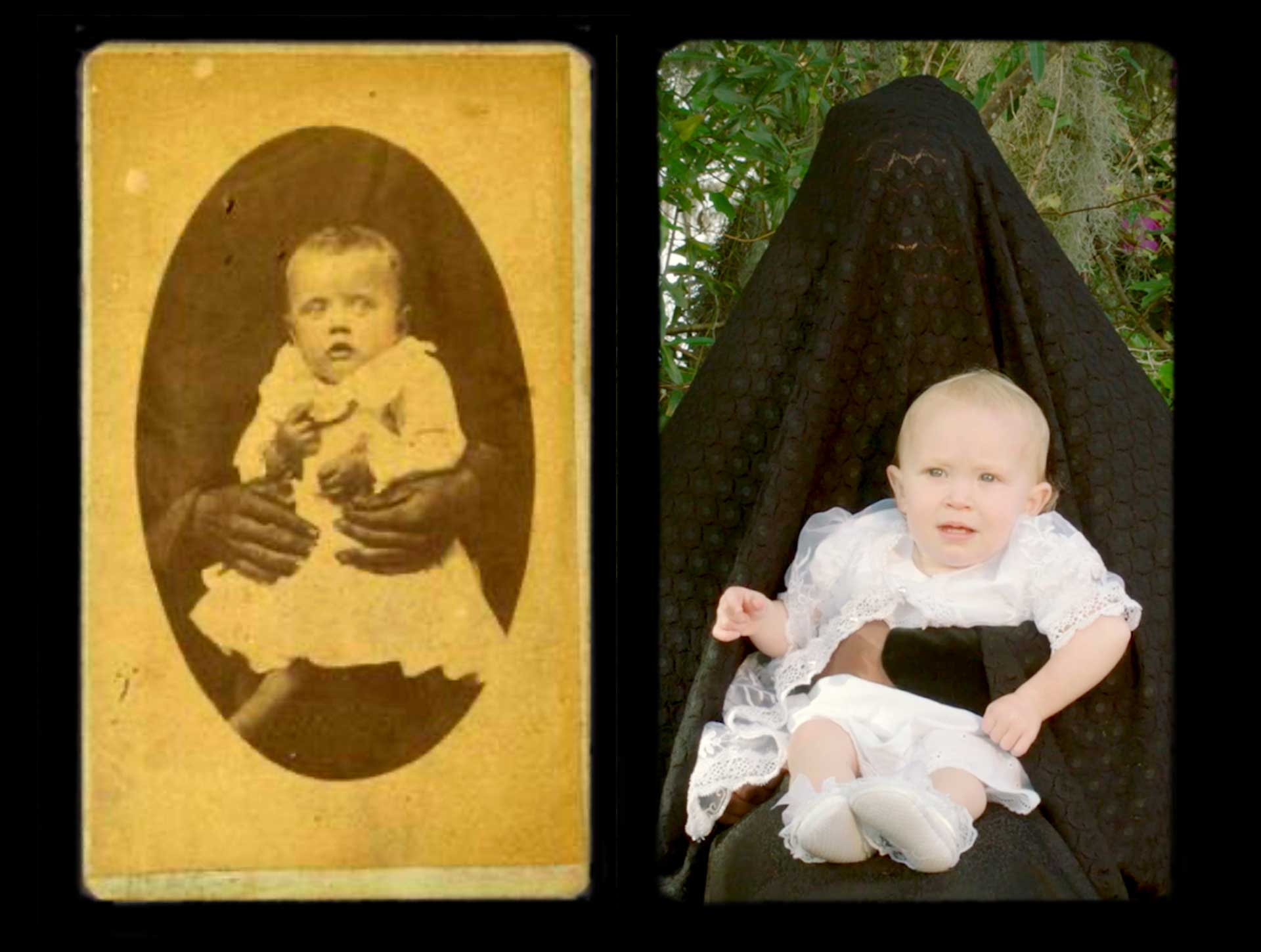PALIMPSESTS
Kinships and Intimacies
Referenced works
Anonymous, Portrait of a small girl being held by an African American, with only their hands visible, (1865). Photograph, 04.47 x 02.88 inches. Stuart A. Rose Manuscript, Archives, and Rare Book Library, Box 28. Emory University. Verso, handwritten inscription: “Two Black Hands, 1865.”
Video stills from Spit on the Broom (2019) by Madeleine Hunt-Ehrlich.
Link to video
Yasmina Price. “Lambasting Reality.” Art in America, April 2022, 74.
Christina Sharpe. In the Wake: On Blackness and Being. Duke University Press, 2016.


